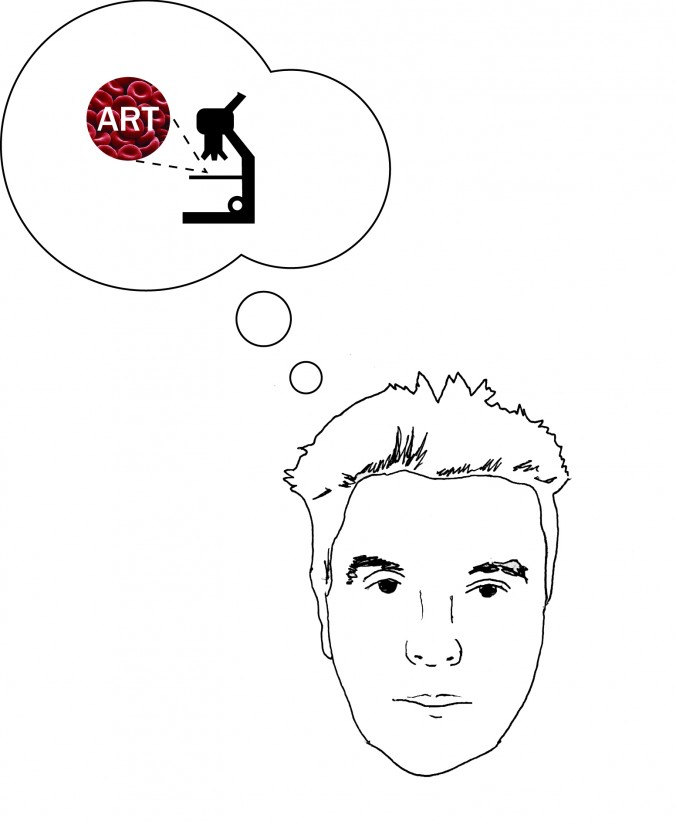
David Byrne’s 2012 book “How Music Works” could have just as appropriately been titled “How a Lifetime of Art Making Works.” David Byrne is best known as the creative force behind the post-punk, new wave group Talking Heads, but has also made a career for himself as a solo musician, visual artist and producer. In “How Music Works,” his second book (the first being “Bicycle Diaries”), Byrne draws from experiences in all of his creative outlets — anthropological research, philosophy, and sociology — to present revelatory ways to think about art making.
When discussing early Talking Heads performances, Byrne describes his lyrical point of view as that of an “anthropologist from Mars.” The same can be said of his prose style here — somewhere between professorial and conversational, he writes observantly, with an awareness of the cultural modes that largely define art making. The central idea he outlines in the first chapter, is that context predetermines what is made by creative people; that outlets, existing forms, financial and technological opportunities and social structures have more to do with what is made by artists than untethered vision or creative impulse. “The accepted narrative suggests that a classical composer gets a strange look in his or her eye and furiously starts scribbling a fully realized composition that couldn’t exist in any other form. … I believe the path of creation is almost 180º from this model. I believe that we unconsciously and instinctively make work to fit pre-existing formats.”
For readers in the SAIC community, Byrne’s style of writing will feel familiar. His highly quotable prose is the sort of text a liberal arts course would (and should) have students reading — the insights and creative questions Byrne asks himself and his readers are the real pleasure of “How Music Works.” An example being his description of solo work as a sort of self-collaboration. “Don’t we always work by editing and structuring the outpouring of our many selves?” asks Byrne. “I suspect that the outside entity — the god, the alien, the source — is part of oneself, and that this kind of creation is about learning how to listen to and collaborate with it.”
“How Music Works” will not appeal only to fans of Byrne’s music. His autobiographical storytelling is deliberately written in service of larger ideas, and the glamour and romanticized nostalgia for the mythologized post-punk scene built around the iconic NYC venue, CBGB is intentionally downplayed. “[CBGB’s] didn’t seem in any way special … it wasn’t like a movie, where everyone’s constantly hopping from one inspirational moment or exciting place to the next. … CBGB was a dump in a part of a town that was pretty much ignored.”
In Chapter Two, “My Life in Performance,” Byrne reveals himself as a performance art aficionado, detailing the impact that Japanese theater, fashion, and contemporary dance choreography has had on his music. Visually, there haven’t been many accidents or coincidences in his career — when Byrne wasn’t performing in an oversized Noh-inspired business suit, his seemingly aloof everyman look was calculated towards an artistic goal. During the heyday of punk rock fashion, Byrne decided that his “look would be, like our musical dogma, stripped down, in the sense that I would attempt to have no look at all. I still thought the most subversive thing was to look totally normal.” This value of presentation is also true of the book as an object — its beautiful white hardcover and minimalist cover design is the work of writer and publisher Dave Eggers.
Parts of the book become tedious in their focus on industry information and technicalities. Byrne spends chapters going in depth on the historical progress of recording technology, financing the music making process and studio time, all of which become lessons lacking the personality that drives “How Music Works” at its best. Byrne shows how thorough of a scholar he can be, but the unique perspectives of the book are found elsewhere. Reading about what Byrne thinks drives an artist, how to collaborate, what motivates a performer, or what mobilizes a community to create a “scene” is much more fascinating than the history of analog tape recording or profit-share deals — a more esoteric pursuit that the casual reader will likely gloss over.
Byrne digs deep into neurological and evolutionary explanations for why humans respond to and instinctively create music, but in the final chapter he lands on the idea of music as a way to experience re-enchantment with our world. “Urban myths, goth-inspired fashion shoots, folk tales, horror movies, Japanese anime monsters, experimental music, or the the power of pop songs … We’re fascinated and drawn to stuff that science can’t explain — the transcendent, the uncanny, things that affect us without words — and music both touches and emanates from those mysteries.”
Byrne may be one of the few artists capable of successfully writing a book of such scope. He has more than sufficient art-cred (RISD alum, exhibiting visual artist). He has garnered both critical and popular acclaim for his solo career and with Talking Heads. He has diverse taste in music and first-hand experience with much of the technology that has advanced music between the 1970s and today. Byrne inhabits a sort of goldilocks zone of relevance, experience, and credibility that his readers are fortunate to have the opportunity to learn from. In “How Music Works” this opportunity is not missed.








[…] Man or Astro-Man? — Empty Bottle 7/06 David Byrne and St. Vincent — Ravinia 7/11 Kurt Vile — Lincoln Hall 7/12 Spiritualized — Lincoln Hall […]